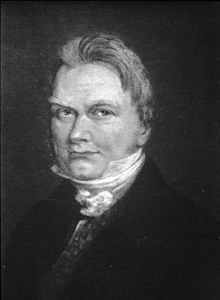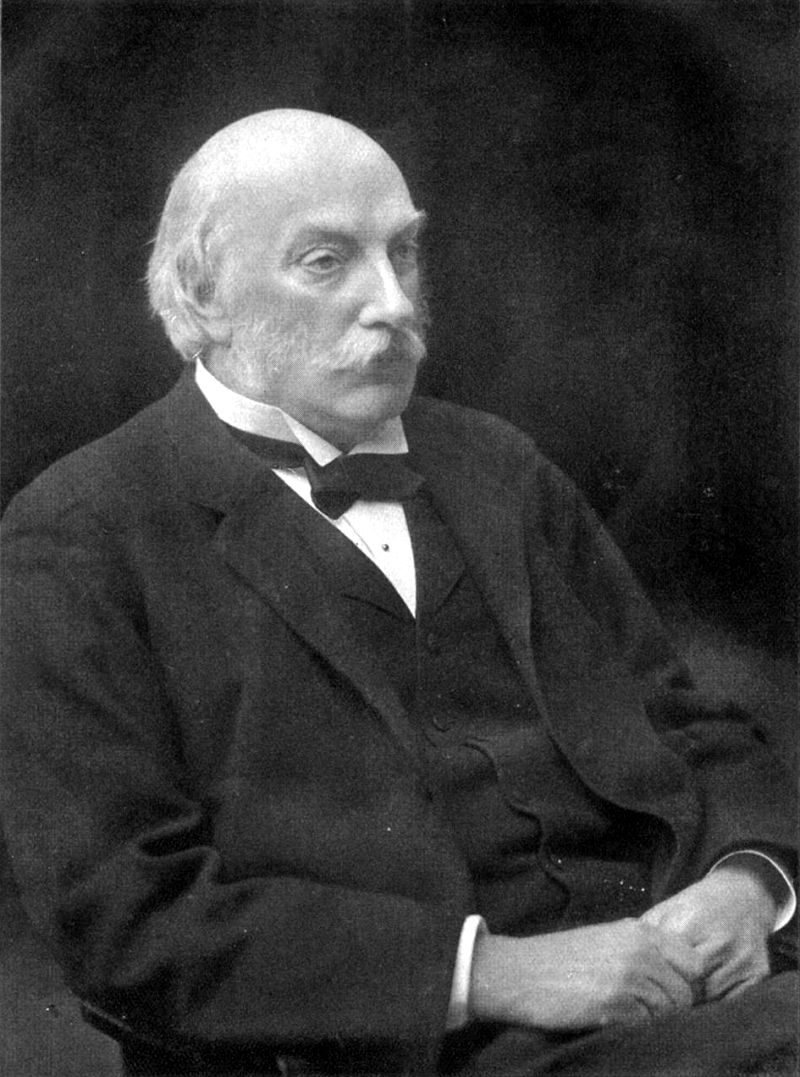Dos químicos de los nuestros, el wolframio

In 1783, two Spanish chemists, Juan José de Elhuyar y de Zubice, a student of Torbern Bergman, and his younger brother Fausto de Elhuyar y de Zubice (also Suvisa) (1755-1833) analyzed wolframite and found it contained the same new oxide as tungsten. They then produced the new metal by reducing the acid by strongly heating with powdered charcoal. They named the new metal Wolfram, after the mineral. The notice of their discovery was received at the Academy of Sciences of Toulouse, on 4 March 1784.
Al wolframio también se le conoce como tungsteno...

Wolframio (W) (Tungsten in other countries) is a metal with a wide range of uses, the largest of which is as tungsten carbide in cemented carbides. Cemented carbides (also called hardmetals) are wear-resistant materials used by the metalworking, mining, and construction industries. Tungsten metal wires, electrodes, and/or contacts are used in lighting, electronic, electrical, heating, and welding applications. Tungsten is also used to make heavy metal alloys for armaments, heat sinks, and high-density applications, such as weights and counterweights; superalloys for turbine blades; tool steels; and wear-resistant alloy parts and coatings. Tungsten composites are used as a substitute for lead in bullets and shot. Tungsten chemical compounds are used in catalysts, inorganic pigments, and high-temperature lubricants.
The Spanish chemists who discovered it claim the name volfram as follows: "We will call this new metal volfram, taking the name from the matter of which it has been extracted…. This name is more suitable than tungust or tungsten which could be used as a tribute to tungstene or heavy stone from which its lime was extracted, because volfram is a mineral which was known long before the heavy stone, at least among the mineralogists, and also because the name volfram is accepted in almost all European languages, including Swedish."
The name Wolfram was originally recommended by IUPAC, but the alternative Tungsten — after the Swedish origin — is used mainly in the English speaking world (in present day Swedish the element is normally named "volfram"!).
Jöns Jacob Berzelius (20 August 1779 – 7 August 1848)

Was a Swedish chemist. Berzelius is considered, along with Robert Boyle, John Dalton, and Antoine Lavoisier, to be one of the founders of modern chemistry. Berzelius began his career as a physician but his researches in physical chemistry were of lasting significance in the development of the subject. He is especially noted for his determination of atomic weights; his experiments led to a more complete depiction of the principles of stoichiometry, or the field of chemical combining proportions. In 1803 Berzelius demonstrated the power of an electrochemical cell to decompose chemicals into pairs of electrically opposite constituents.
Berzelius's work with atomic weights and his theory of electrochemical dualism led to his development of a modern system of chemical formula notation that could portray the composition of any compound both qualitatively (by showing its electrochemically opposing ingredients) and quantitatively (by showing the proportions in which the ingredients were united). His system abbreviated the Latin names of the elements with one or two letters and applied superscripts to designate the number of atoms of each element present in both the acidic and basic ingredients.
Berzelius himself discovered and isolated several new elements, including cerium (1803) and thorium (1828). Berzelius’s interest in mineralogy also fostered his analysis and preparation of new compounds of these and other elements. He was a strict empiricist and insisted that any new theory be consistent with the sum of chemical knowledge. He developed classical analytical techniques, and investigated isomerism and catalysis, phenomena that owe their names to him. He became a member of the Royal Swedish Academy of Sciences in 1808 and served from 1818 as its principal functionary, the perpetual secretary. He is known in Sweden as "the Father of Swedish Chemistry". Berzelius Day is celebrated on 20 August in honour of him.
John William Strutt (12 November 1842 – 30 June 1919)

Was an English physicist who, with William Ramsay, discovered argon, an achievement for which he earned the Nobel Prize for Physics in 1904. He also discovered the phenomenon now called Rayleigh scattering, explaining why the sky is blue, and predicted the existence of the surface waves now known as Rayleigh waves. Rayleigh's textbook, The Theory of Sound, is still referred to by acoustic engineers today.
No hay comentarios:
Publicar un comentario